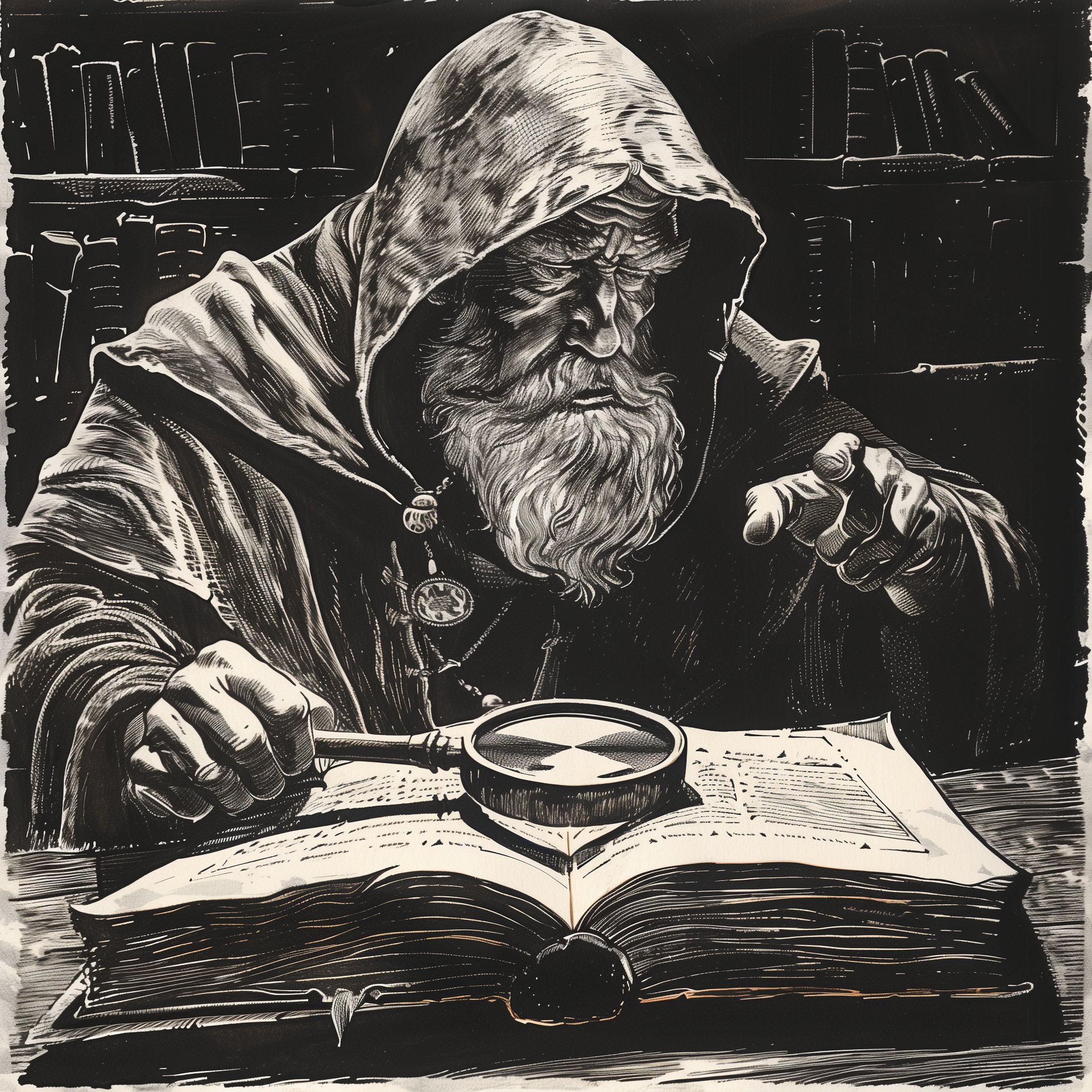Picture this scenario: a cunning rogue creeps into a dusty library, eyes peeled for any glimmering clue of treasure. Then, with a flourish of triumphant self-assurance, they peer at a shelf of suspicious tomes. “Stand back,” the rogue declares, “I’m going to investigate!” The wizard in the corner raises a wary eyebrow. “Wouldn’t you rather just see if anything’s out of place first?” And thus begins the age-old conundrum of D&D—when should you use Perception, and when should you invoke the mighty powers of Investigation?
The Basics: Perception vs Investigation
Perception:
This skill is all about using your senses sight, hearing, smell, possibly taste if you’re particularly brave, to notice something in your environment. Are there footprints on the ground? Can you spot a hidden goblin peeking from behind the curtain? Does that statue’s mouth look off? Perception answers the question, “What do I see or sense right now?”
Investigation:
In contrast, Investigation is the act of actively probing, analysing, and piecing clues together. Perhaps you’re checking for false book covers in that dusty library, or you’re methodically deducing that the ashes in the fireplace are from a recently burned letter. Investigation answers the question, “How do these details fit together, and what do they mean?”
Updates from the 2024 Edition
While the fundamental distinction between Perception and Investigation remains the same, the 2024 Edition offers a touch of refinement in language to help DMs clarify which skill is most appropriate in a given scenario. These updates gently remind tables that perception is about immediate sensory awareness. Investigation is about cognitive processes, searching for patterns, hidden compartments, or trying to interpret obscure glyphs.
Expect clearer examples in official texts showing when to ask for a Perception check versus an Investigation check, minimising table debates about whether peering under a rug is a matter of noticing or deducing.
Practical Tips for Dungeon Masters
Set the Stage: When describing scenes, cue players on which skill might be most relevant. If there’s a fleeting sound of footsteps, Perception might be best to notice them. If the players want to piece together why a particular bookshelf is pushed askew, Investigation is more apt.
Combine Checks: Sometimes you’ll want both. Let a player who succeeds on a Perception check pick up that something is ‘off’. Then, with Investigation, they can discover the hidden trap behind it.
Avoid Redundancy: Don’t make your players roll both checks every five seconds. Encourage them to be specific about what they’re doing. Reward good questions with the right skill check.
Practical Tips for Players
Describe Your Actions: Instead of “I roll Perception,” say, “I look closely at the door hinges for scratch marks.” This signals the DM that you’re focusing on immediate, observable details. If you move on to prodding said hinges for hidden compartments, then that’s Investigation.
Use Party Strengths: Let the eagle-eyed ranger handle Perception while the cunning investigator (perhaps your wizard or rogue) tackles the analytical side. Two heads (and skill sets) are often better than one.
Ask Questions: Before you roll, clarify your intention. “I want to see if there’s anything obviously out of place” fits Perception. “I want to figure out how this arcane mechanism works” fits Investigation.
The odd skeleton key on a cluttered desk can be just as thrilling as deducing why it’s shaped like a screaming banshee. Understanding the difference between Perception and Investigation ensures you’re making the right checks at the right time. Whether you’re sniffing out trouble, scanning a corridor for hidden enemies, or piecing together a fiendish puzzle, these two skills are at the heart of what makes adventuring so delightfully unpredictable.
